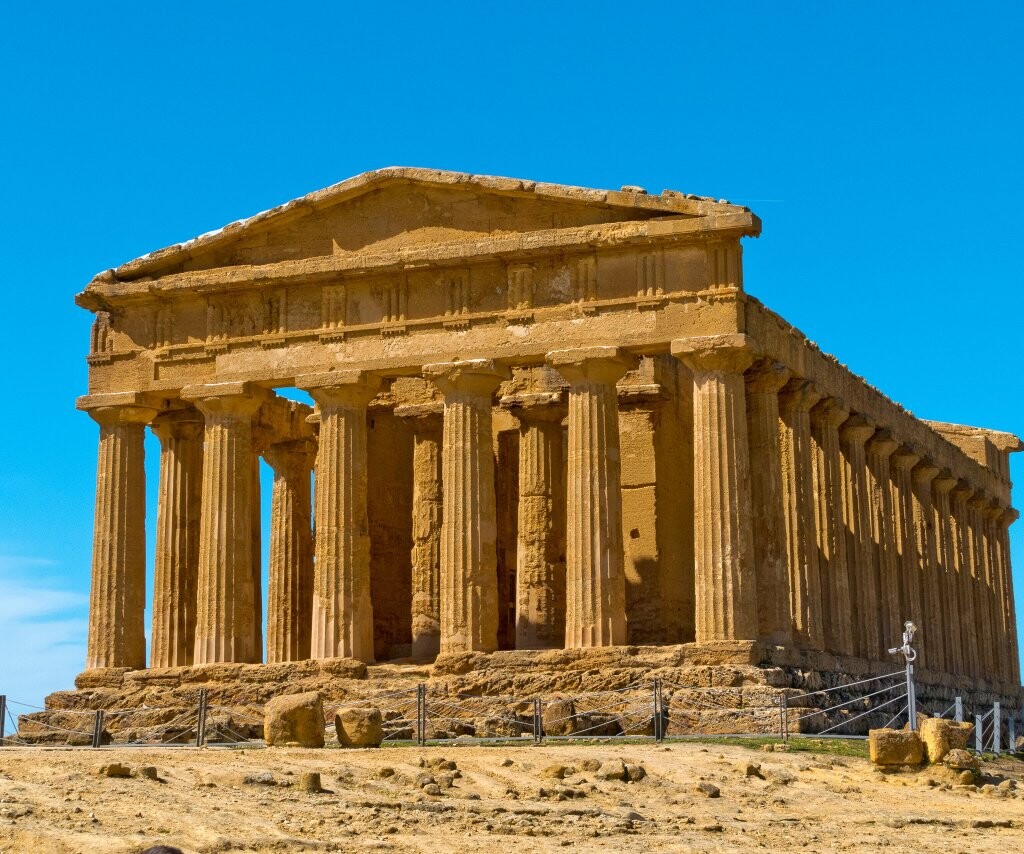Greece is home to many ancient monuments of breathtaking beauty. These sites combine history, natural beauty and incredible, time-tested architecture.
Famous Greek temples you should visit
The best known are the Greek temples, or “naos” in Greek, which are the archetypal religious building of Greece. The deity lived in the temple and was expected from time to time to come down from Mount Olympus for a visit. Take note of the most popular and visited Greek temples listed below.
Temple of Hephaestus
Hephaestion or Theseion are other names for the temple of Hephaestus. It is located in Athens, the capital of Greece and is dedicated to the god of metallurgy and craftsmanship. Ictinus, one of the architects of the Parthenon, created the temple.
The best-preserved ancient Greek temple in the world is that of Hephaestus. It was built in the 5th century BC.
Erechtheion
On the north side of the Acropolis of Athens is an ancient Greek sanctuary built in the Ionic style. Its dedication honors the Greek hero Ericteo. The temple’s unique courtyard, supported by six female statues known as the Caryatids, is its best-known feature. It was built between 421 and 407 BC.
Valley of the Temples
Despite not being in Greece, this place has some of the best-preserved ancient Greek ruins in the world, including the remains of several temples.
Nine of the ten original temples are still visible today. The Temple of Concord is the most well-preserved of the ruins; others include temples to Juno, Olympian Zeus, Hephaestus, Hera Lacinia, Castor and Pollux.
Temple of Artemis
On a Greek island off the coast is the Temple of Artemis in Corfu. It is an archaic temple that was built in what was then a Corinthian colony between 590 and 580 BC. It was dedicated to the Greek goddess of wild nature and hunting, Artemis.
The temple was large, had as many as seventeen massive columns and was probably built by highly skilled Corinthian craftsmen.
Doric temple of Segesta
Unfinished Doric architecture is found in the temple of Segesta. It is located in northwestern Sicily, near an ancient site. One of the three original inhabitants of Sicily, the Elimian people, began construction of the temple around 430-420 BC, but it was never completed.
It has Doric columns measuring six by fourteen inches. The Doric columns were not fluted as was customary and the temple had no roof over its main chamber, which indicates that construction was not completed…





